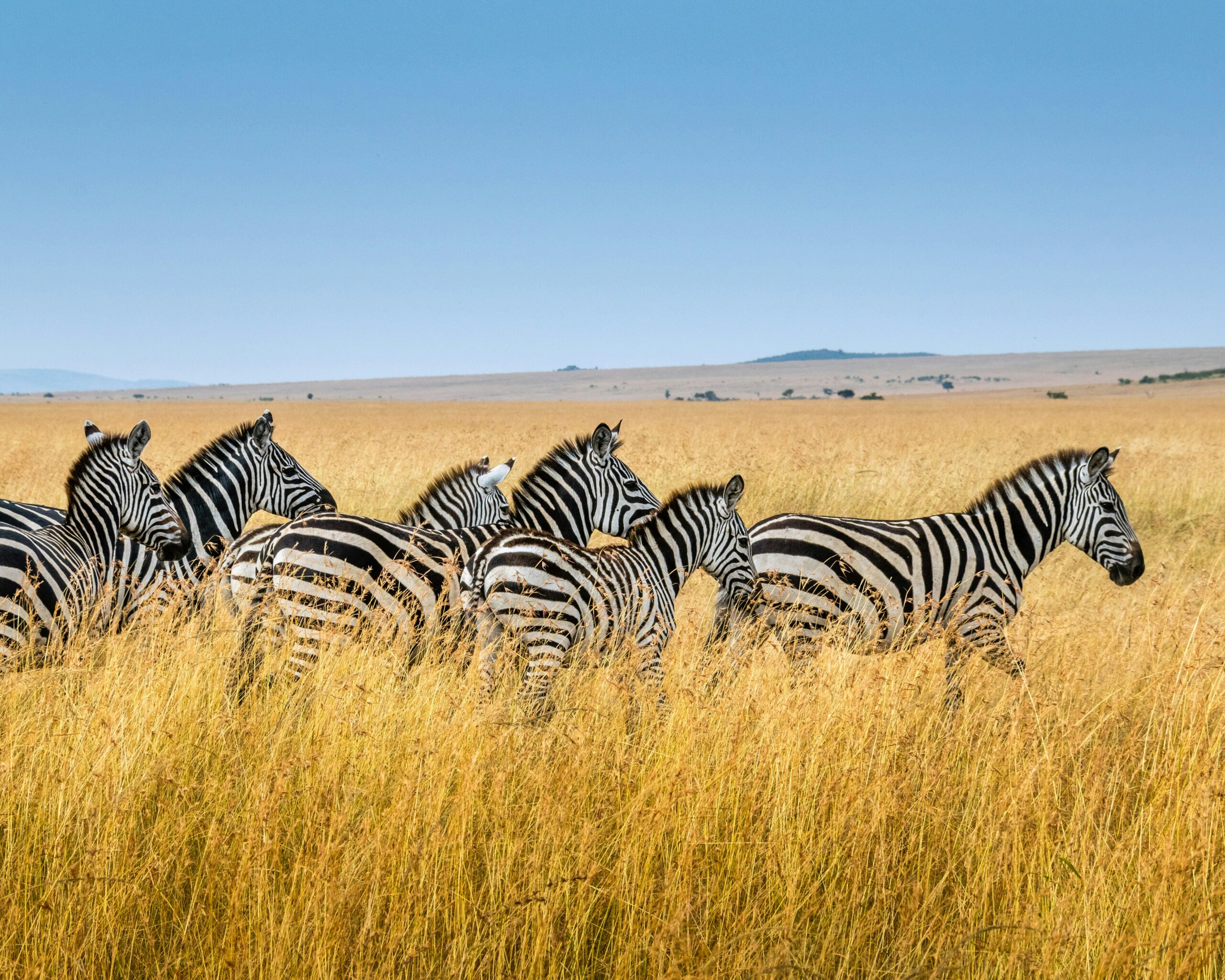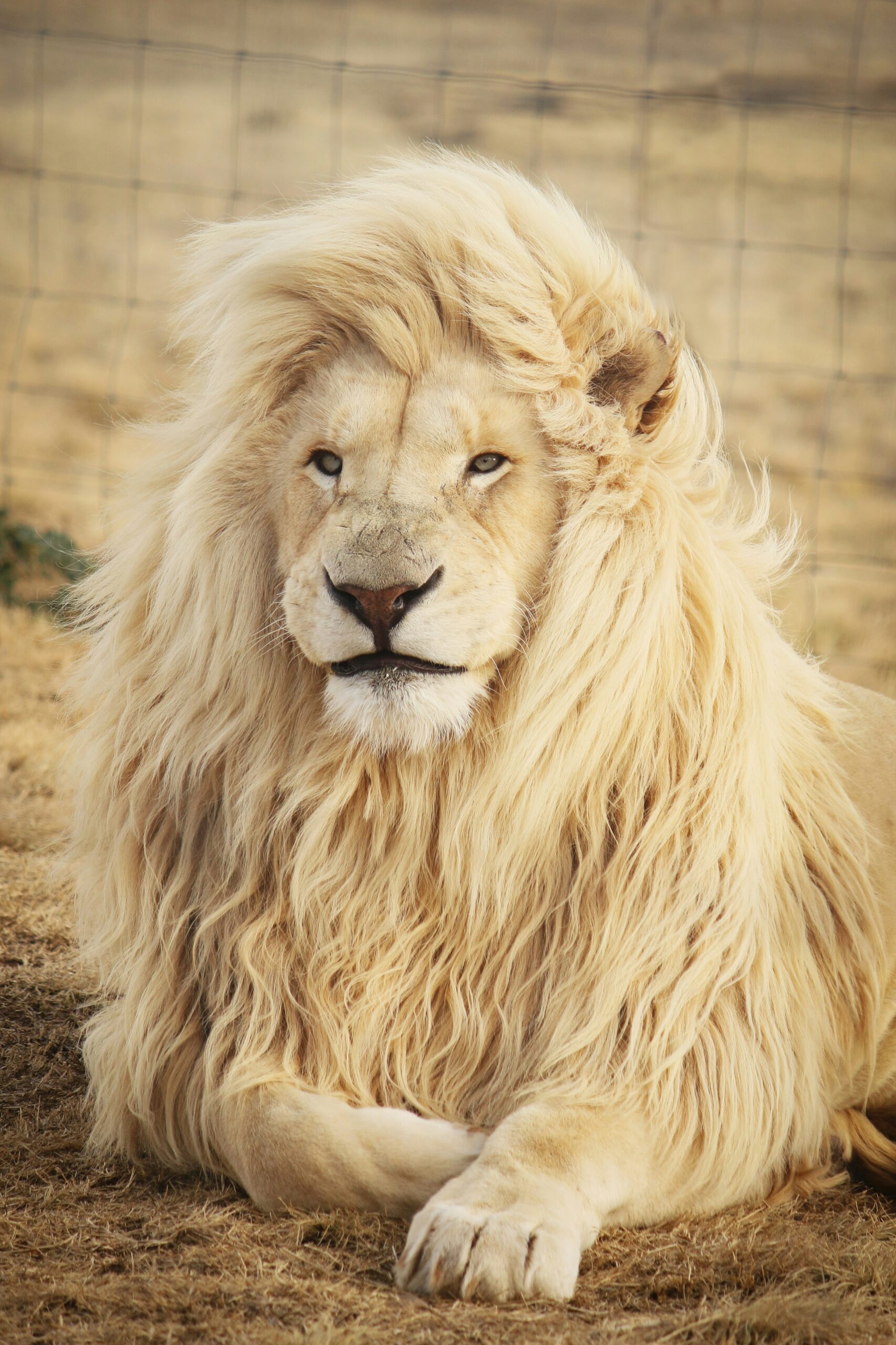Are you planning a trip to Mount Shasta and wondering about the potential encounters with bears or other wildlife? Rest assured, as you embark on your adventure in this breathtaking wilderness, the risk of running into these magnificent creatures is relatively low. While sightings of black bears are not uncommon, they tend to be shy and avoid human interactions. Nevertheless, it's important to remember that you are visiting their home, so it's crucial to adhere to safety guidelines and respect the wildlife you may come across. So, gear up and get ready to explore the wonders of Mount Shasta with an open heart, knowing that your chances of encountering bears or other wildlife are slim.
Overview of Mount Shasta
Location and physical features
Mount Shasta, located in Northern California, is a majestic peak rising over 14,000 feet above sea level. It is part of the Cascade Range and is situated in the Shasta-Trinity National Forest. Known for its snow-capped peak, dense forests, and pristine alpine lakes, Mount Shasta is a haven for outdoor enthusiasts and nature lovers alike.
Climatic conditions and seasonal changes
The climatic conditions on Mount Shasta vary greatly depending on the season. Winters are characterized by heavy snowfall, making it a popular destination for winter sports such as skiing and snowboarding. Summers bring milder temperatures, providing ideal conditions for hiking and camping. It is essential to be prepared for rapid weather changes, as Mount Shasta is known for sudden storms and high winds throughout the year.
Known popular activities on Mount Shasta
Mount Shasta offers a wide range of activities for visitors to enjoy. Hiking is one of the most popular activities, with numerous trails catering to all skill levels. Climbing the mountain is a challenge that attracts many experienced mountaineers. Fishing enthusiasts can cast their lines in the clear mountain streams and lakes, while camping allows visitors to immerse themselves in the beauty of the surrounding wilderness. Throughout the year, various events and workshops take place, such as meditation retreats and photography workshops, highlighting the spiritual and artistic allure of Mount Shasta.
Wildlife on Mount Shasta
Commonly spotted animals
Mount Shasta is home to a diverse array of wildlife. Visitors may encounter animals such as black-tailed deer, squirrels, raccoons, and chipmunks. These creatures often make appearances, adding to the enchanting experience of exploring the mountain.
Endangered or unique species in the area
The mountain's pristine ecosystem provides a habitat for several unique species, including the Mount Shasta salamander and the Siskiyou Mountains salamander. Both of these species are considered rare and face conservation challenges. Additionally, the Mount Shasta subspecies of the fisher, a carnivorous mammal, is listed as a species of concern.
Bird species and migration patterns on Mount Shasta
Birdwatchers will be delighted by the diverse avian population found on Mount Shasta. The mountain serves as a stopover for migratory birds, making it an excellent spot for observing their annual journeys. Species such as the white-headed woodpecker, bald eagle, and peregrine falcon can be spotted in the area, showcasing the region's rich birdlife.

Bear sightings on Mount Shasta
Frequency of bear sightings
Bear sightings on Mount Shasta are relatively common due to the mountain's wilderness setting. However, encounters are infrequent, and following safety guidelines can minimize the risk.
Species of bears in the area
The black bear is the most common bear species found on Mount Shasta. These bears are generally non-aggressive and tend to avoid human contact. However, it is essential to remain cautious and respectful when in bear country.
How the local agency manages bear population
The local agency responsible for managing bear populations on Mount Shasta implements strategies to promote coexistence between bears and humans. These measures include regular patrols to discourage bears from becoming too familiar with human presence and sharing educational materials on proper food storage and bear safety.
Encounters with bears on Mount Shasta
Recorded encounters with humans
While encounters between humans and bears on Mount Shasta are relatively rare, there have been reported instances of bear sightings near campgrounds or hiking trails. These encounters often occur when bears are searching for food or are surprised by human presence.
Potential triggers for bear encounters
Bears are attracted to smell, especially food odors. Improperly stored food, garbage, or scented items can act as triggers for bear encounters. It is crucial for visitors to adhere to guidelines on food storage and waste disposal to minimize the likelihood of attracting bears.
Instances of hostile bear behavior
Instances of hostile bear behavior are extremely rare on Mount Shasta. Most bears have a natural fear of humans and will typically retreat when aware of their presence. However, it is crucial to remain vigilant and give bears their space to avoid any potential conflict.

Safety measures against bear encounters
Established guidelines for bear encounters
To ensure the safety of both humans and bears, there are established guidelines for bear encounters on Mount Shasta. These guidelines include storing food properly in bear-resistant containers, disposing of waste in designated receptacles, and making noise to alert bears of your presence.
Personal safety measures to adopt
When exploring Mount Shasta, it is important to take personal safety measures to minimize the risk of bear encounters. This includes hiking in groups, staying on designated trails, and carrying bear spray as a precautionary measure.
Equipment to carry during hiking or camping
When venturing into the wilderness of Mount Shasta, it is advisable to carry certain equipment for your safety. This includes a bear-resistant food container, a bear whistle or bell to alert wildlife of your presence, and a first aid kit in case of emergencies.
Other potential wildlife threats on Mount Shasta
Other predatory animals in the area
While encounters with predators such as mountain lions and coyotes are rare, it is important to be aware of their presence on Mount Shasta. These animals generally avoid human contact, but caution is always recommended, especially when traveling alone or at dusk or dawn.
Insects and other small creatures posing a threat
Insects, including ticks and mosquitoes, can be a nuisance on Mount Shasta. It is advisable to carry insect repellent and wear appropriate clothing to protect against bites. Additionally, be aware of venomous snakes, such as rattlesnakes, and take precautions when hiking in areas they may inhabit.
Issues related to flora or terrain threats
While the natural beauty of Mount Shasta is awe-inspiring, it is essential to be aware of potential hazards related to flora and terrain. Poison oak and stinging nettle can cause skin irritations, so it is crucial to familiarize yourself with these plants and take precautions. Additionally, steep and rugged terrain can pose risks if not approached with caution and proper equipment.

Precautionary measures against encounters with other wildlife
Guidelines for encounters with other wildlife species
When encountering wildlife species other than bears on Mount Shasta, it is important to respect their space and observe from a distance. Avoid approaching or feeding any animals, as this can create unsafe situations for both humans and wildlife.
Essential knowledge on animal behavior
Being knowledgeable about animal behavior can be crucial when encountering wildlife on Mount Shasta. Understanding signs of aggression or distress and knowing when to back away can help prevent potentially dangerous situations.
Camping practices to avoid animal encounters
When camping on Mount Shasta, it is important to follow best practices to minimize the risk of wildlife encounters. This includes properly storing food and scented items, setting up camp away from animal trails, and keeping a clean campsite to avoid attracting animals.
Existing regulations on wildlife interactions
Forest service regulations on camping and hiking
The Forest Service has established regulations to protect wildlife and ensure visitor safety on Mount Shasta. These regulations include guidelines on proper food storage, waste disposal, and appropriate behavior in wildlife habitats.
Penalties for violation of wildlife regulations
Violating wildlife regulations on Mount Shasta can result in penalties, including fines and possible restrictions on accessing certain areas of the mountain. It is essential for visitors to familiarize themselves with these regulations and act responsibly to avoid negative consequences.
Permitted and prohibited activities in regard to wildlife
Certain activities, such as feeding or approaching wildlife, are strictly prohibited on Mount Shasta. Conversely, activities that promote wildlife conservation, such as participating in educational programs or volunteering for wildlife organizations, are encouraged.
Contributions of local communities and organizations to safety
Local community awareness programs
Local communities surrounding Mount Shasta actively participate in raising awareness about wildlife safety. Through educational programs, workshops, and community events, they ensure visitors and residents are equipped with the necessary knowledge to coexist with wildlife responsibly.
Role of local organizations in maintaining safety
Local organizations play a vital role in maintaining safety on Mount Shasta. They collaborate with agencies, provide resources for educational initiatives, coordinate search-and-rescue efforts, and promote responsible outdoor practices to enhance the overall well-being of visitors and wildlife.
Services available for emergency and rescue situations
In case of emergency or wildlife encounters that require assistance, various services are available on Mount Shasta. These services include emergency first responders, search-and-rescue teams, and wildlife experts who are well-equipped to handle situations and ensure the safety of all involved.
Experience sharing from frequent Mount Shasta visitors
Personal accounts of wildlife encounters
Frequent visitors to Mount Shasta often have personal accounts of wildlife encounters to share. These experiences range from peaceful observations to exhilarating sightings and serve to inspire and educate others on wildlife behavior and the true wonders of the mountain.
Tips and tricks learned from experience
Visitors who have spent considerable time exploring Mount Shasta have developed valuable tips and tricks to enhance safety and enjoyment. These insights include being aware of local wildlife habits, maintaining a respectful distance, and practicing Leave No Trace principles to preserve the natural environment.
Emerging trends and changes observed by frequent visitors
Frequent visitors are often at the forefront of recognizing emerging trends and changes on Mount Shasta. They keep a keen eye on shifts in wildlife behavior, habitat encroachment, and the impact of human activities. By sharing their observations, they contribute to ongoing efforts to protect the mountain's ecological balance.
In conclusion, while there is a risk of encountering bears or other wildlife on Mount Shasta, following safety guidelines, adhering to established regulations, and being respectful of wildlife habitats can greatly minimize these risks. By practicing responsible outdoor ethics and appreciating the wonders of nature, visitors can have a safe and unforgettable experience on this magnificent mountain.
